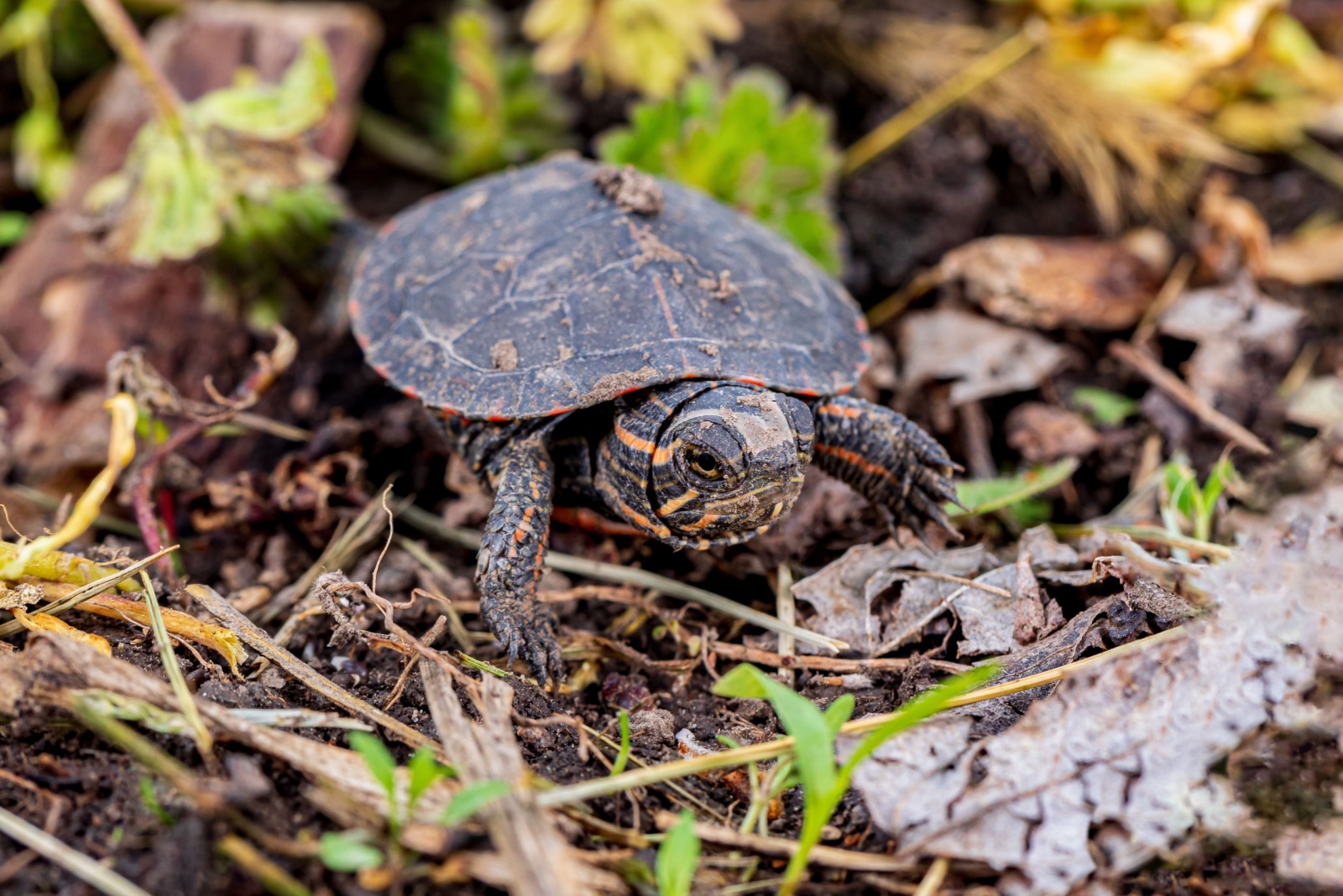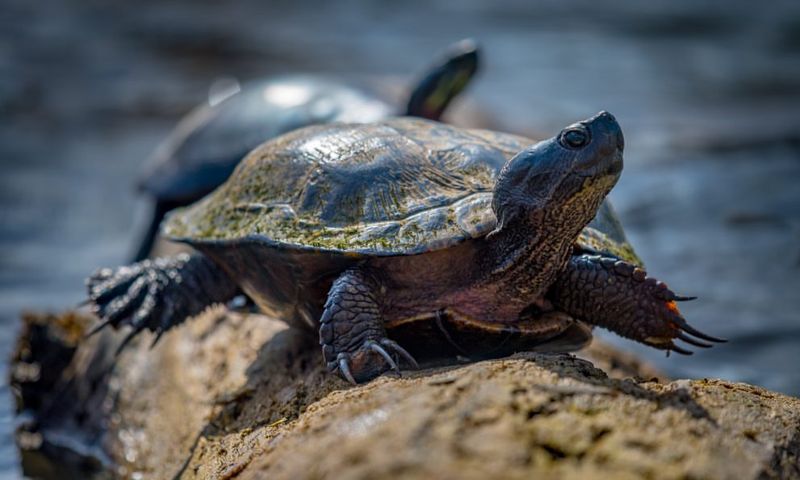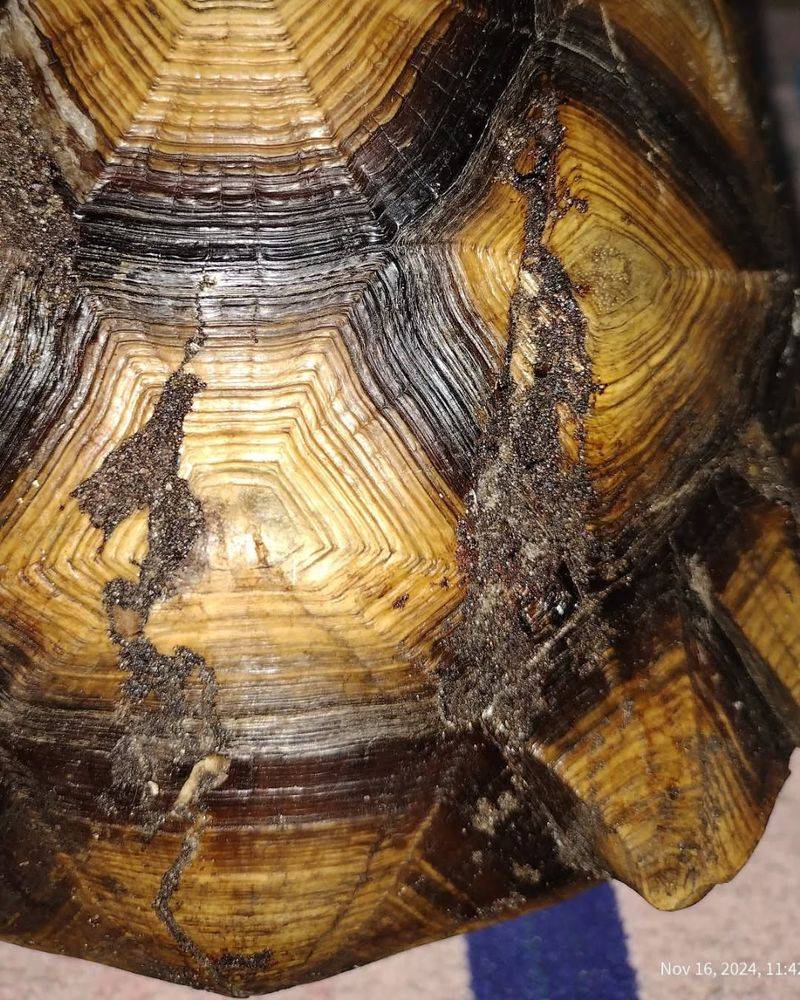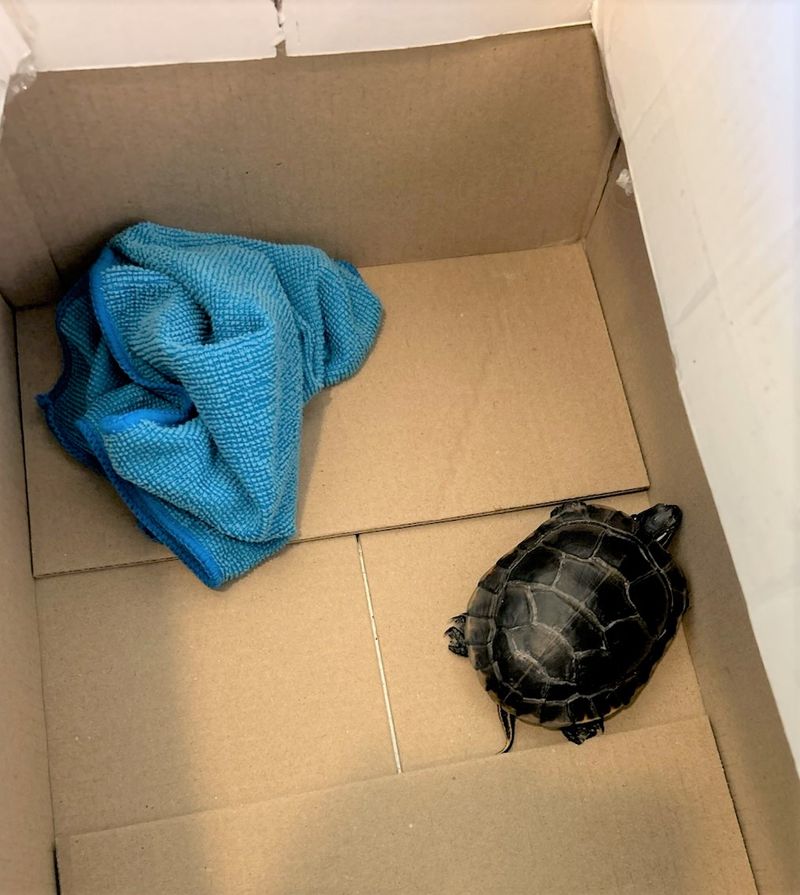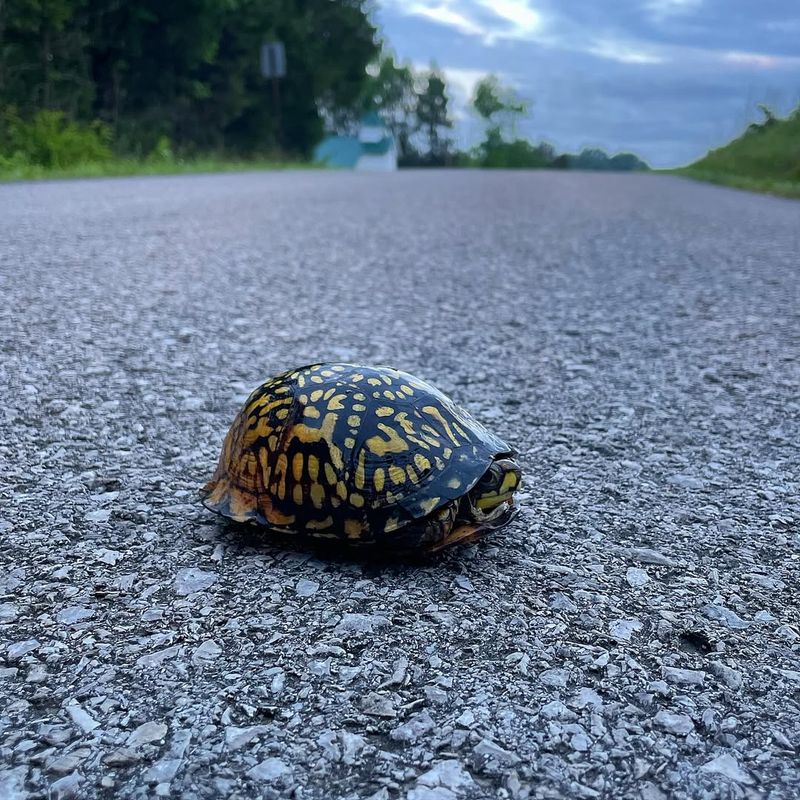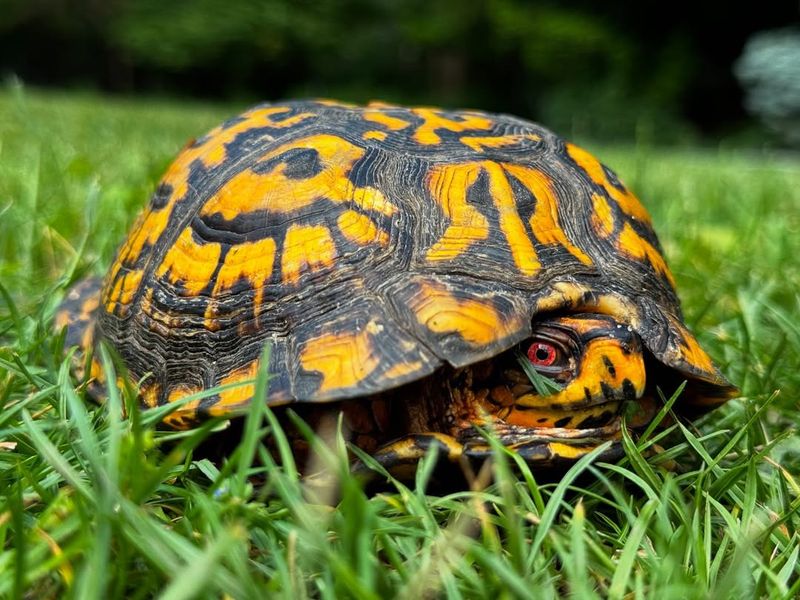Finding a turtle in your Oregon yard can be an exciting surprise! Whether it’s a native Western Pond Turtle or a lost pet, knowing how to respond properly helps protect both you and the turtle.
Taking the right steps ensures the animal stays safe while you figure out what to do next.
1. Observe From A Safe Distance First
Your first instinct might be to pick up the turtle immediately, but stepping back gives you valuable information. Watch how it behaves for a few minutes.
Is it moving quickly or staying still? Does it appear injured or healthy? Notice if it seems scared or calm around you.
Taking mental notes helps you decide your next move. Some turtles bite when frightened, so keeping distance protects both of you. Observation also helps identify the species, which matters for proper care decisions later on.
2. Identify Whether It’s A Native Species
Oregon is home to the Western Pond Turtle, a threatened species that deserves special protection. Look for olive or dark brown coloring with possible yellow markings on the head and neck.
Red-eared sliders and painted turtles are non-native species often released by owners who can no longer care for them. Red-eared sliders have distinctive red stripes behind their eyes.
Knowing what kind of turtle you found determines whether you should contact wildlife officials or handle it differently.
3. Check For Obvious Injuries Or Illness
Scan the turtle carefully without touching it yet. Look at the shell for cracks, chips, or soft spots that indicate injury or disease. Check if the eyes appear clear or cloudy and swollen.
Watch how it moves—limping or dragging legs suggests something is wrong. Notice any unusual discharge from the nose or mouth.
If you spot concerning signs, the turtle needs professional help soon. Healthy turtles have firm shells, clear eyes, and move steadily without struggling.
4. Provide Temporary Shelter If Needed
Sometimes turtles need a safe spot in your Oregon yard while you figure out the next steps. A cardboard box with air holes works perfectly as temporary housing. Line the bottom with a damp towel to prevent drying out.
Add a shallow dish of water the turtle can easily access without drowning risk. Keep the box in a quiet, temperature-controlled area away from pets and kids.
Never use glass containers in direct sunlight, as they overheat quickly and can harm the turtle seriously.
5. Contact Oregon Wildlife Authorities
Reaching out to experts ensures you handle the situation correctly. Call the Oregon Department of Fish and Wildlife for guidance on native turtles. They can tell you if relocation is necessary or if you should leave it alone.
For injured turtles, contact a licensed wildlife rehabilitator in your area. Many organizations specialize in reptile care and recovery.
Keep the contact information handy for future encounters. Officials appreciate when residents report turtle sightings, especially for threatened species tracking purposes.
6. Avoid Relocating Without Expert Advice
Moving a turtle seems helpful, but it can actually cause serious problems. Turtles have home territories they know well, and removing them causes stress and disorientation.
If you move a native turtle far from its home, it may spend months trying to return, crossing dangerous Oregon roads and facing predators. Non-native species released into wild areas can harm local ecosystems by competing for food and space.
Always consult wildlife experts before moving any turtle you discover in your yard.
7. Create A Turtle-Friendly Yard Environment
If turtles visit your Oregon yard regularly, making small changes helps them thrive safely. Add a shallow water source like a pond or large dish they can access easily. Plant native vegetation that provides shade and hiding spots.
Avoid using pesticides and chemicals that harm reptiles. Keep grass a bit longer to create natural cover.
Leave small brush piles in corners where turtles can rest undisturbed. Your efforts support local wildlife and might even attract more fascinating creatures over time.

